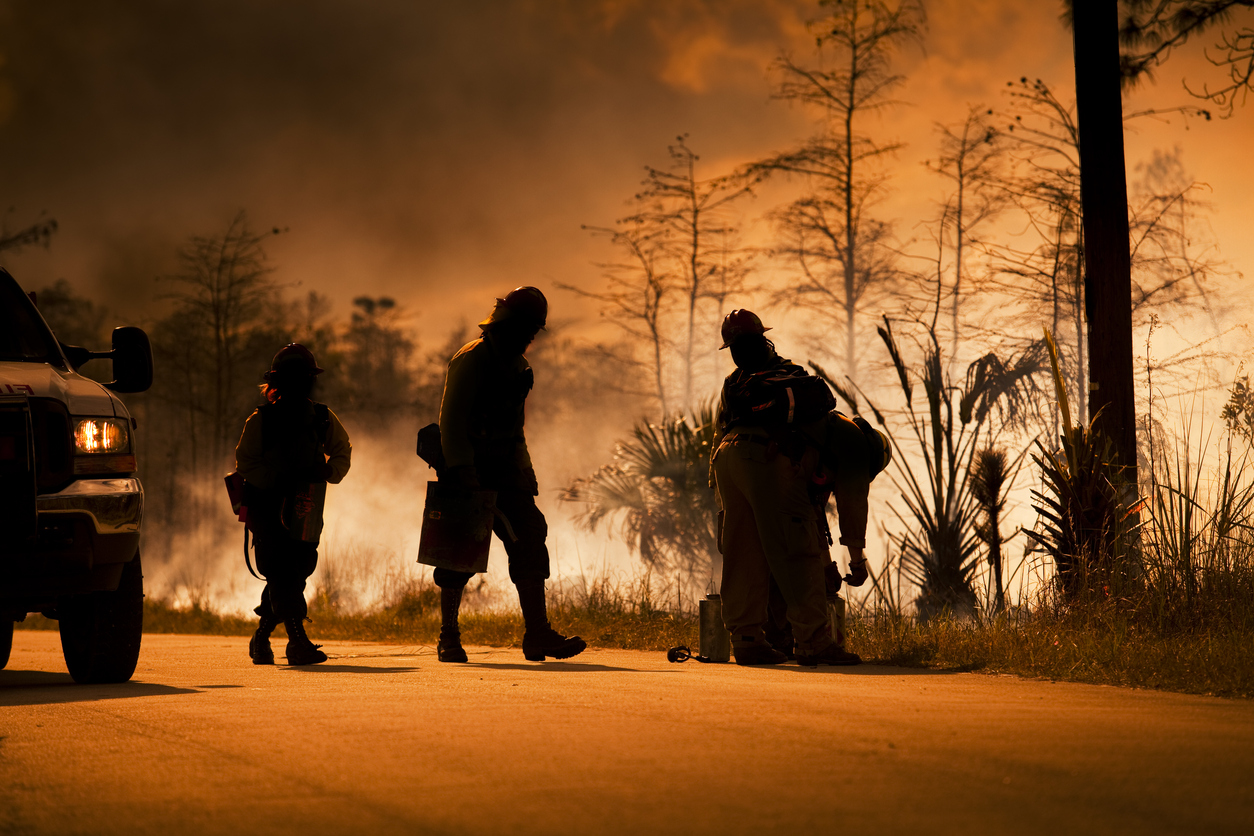Cal Fire, the state firefighting agency, on Sunday reported that the blaze, which has burned for 25 days, had burned more than 463,000 acres. Butte, Lassen, Plumas and Tehama Counties were affected, including the Lassen Volcanic National Park, which is known for exotic hydrothermal sites. So far, there have been no deaths reported, and thousands of people have evacuated.
“We’re at the mercy of the winds,” said Dan Kearns, a volunteer firefighter in Taylorsville, Calif., where those who had not evacuated ate breakfast together on Sunday morning as their supplies, gas and food ran out. He and other residents said they could not leave their livestock, pets and land behind.
But everyone was aware of how dangerous the situation remained.
“It took two days to come into Greenville,” he said of fire that largely destroyed the town of 1,000 people last week. “Now, Greenville is gone.”
Conditions improved slightly in recent days. “We have favorable temperatures right now, relatively low winds except on the ridgetops,” said Mark Beveridge, a public information officer with Cal Fire. But firefighters still faced several challenges.
Heavy smoke settled directly over the eastern part of the fire, making it impossible for aircraft to fly in those areas. Weather before and during the fire, including a historic drought and strong winds, may have affected the flames.
“When you’re speaking of a fire of this magnitude, in the area that it’s in, combined with the heat, the terrain is always a factor,” Mr. Beveridge said. “There are some very rugged, very steep sloped hills that we’re trying to aggressively fight fire in.”
He said responders had seen “erratic fire behavior.” Comparing the magnitude of the Dixie Fire with that of the Camp Fire of 2018, he said, “these fires are very hard to control, they’re very hard to contain, and it has multiple factors behind it.”
The Dixie Fire is surpassed only by the August Complex Fire, which started in August 2020 and burned more than one million acres, officials said. Most of the state’s 20 worst wildfires by acres have taken place over the past two decades, according to Cal Fire.
The Dixie Fire may have been started by a tree that fell down on a power line owned by Pacific Gas and Electric, California’s largest utility.
Elizabeth Ehrenpreis spent her 33rd birthday fleeing the fire’s encroach toward Westwood, Calif., a small town of less than 2,000 near Lassen Volcanic National Park. She left home before the official evacuation order, after seeing the local fire chief recommend on Facebook that people leave.
She headed to Susanville, where a shelter had been set up. She said she was among the first to arrive, but quickly noticed signs of the fire coming that way, too.
“Over the course of half an hour the sky went to being nighttime dark,” she said, even though it was midafternoon. “The winds picked up super heavy, terrifying. I just had that feeling — my body was like, Get out of here right now.”
She packed up four cats and headed south to Sacramento, taking a roundabout route because of blocked roads.
Many other residents have been stubborn in their resolve to stay put, causing headaches for firefighters. It is difficult to predict how weather systems will affect the fires, but it is possible that strong winds will affect the area in the coming days.
Ms. Ehrenpreis has always lived on the West Coast, she said, but has never experienced a wildfire firsthand. She is in Sacramento now, without a sense of how long she will have to stay. “I’m just kind of waiting here to see what happens,” she said.













